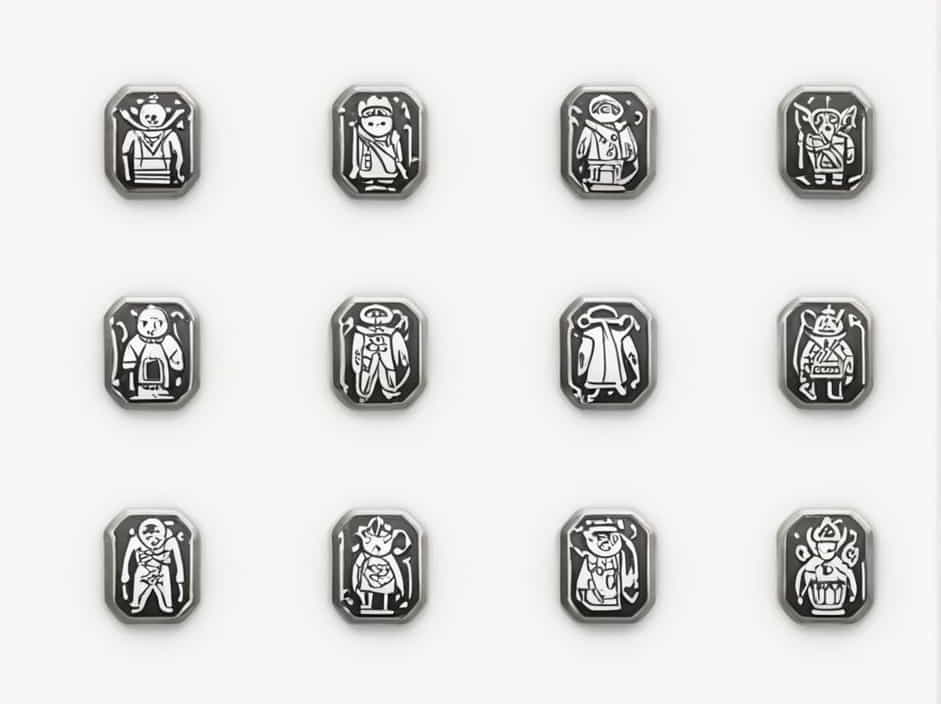The Kwakiutl people, an Indigenous group from the Pacific Northwest Coast of North America, have a rich cultural history that includes unique clothing, intricate designs, and traditional materials. Their clothing was deeply connected to their environment, using natural resources like cedar bark, animal skins, and wool to create garments suited to their coastal climate.
In this topic, we will explore the materials, designs, and cultural significance of Kwakiutl clothing, as well as how their attire evolved over time.
Materials Used in Kwakiutl Clothing
The Kwakiutl lived in an area with dense forests, rivers, and abundant wildlife, which provided them with the materials needed for their clothing. Their garments were made from:
1. Cedar Bark – The Most Common Material
One of the most important materials used by the Kwakiutl was cedar bark, particularly from the red cedar tree. The bark was:
- Stripped from the tree and soaked in water to soften it.
- Pounded until it became soft fibers, similar to fabric.
- Woven into skirts, capes, and blankets for both men and women.
Cedar bark was lightweight and well-suited for the coastal climate, keeping people cool in the summer and providing some warmth when layered.
2. Animal Skins and Furs
For colder weather, the Kwakiutl relied on animal skins and furs from:
- Deer
- Bear
- Otter
- Seal
These materials provided insulation during the winter months. The furs were often worn as robes or cloaks to keep warm.
3. Mountain Goat Wool
The Kwakiutl also used mountain goat wool to weave blankets and ceremonial clothing. This wool was valuable and often mixed with cedar bark to make softer, more comfortable fabrics.
Types of Kwakiutl Clothing
Different types of clothing were worn based on gender, season, and occasion.
1. Everyday Clothing
For daily activities, Kwakiutl men and women wore simple but functional garments:
- Men typically wore breechcloths made of soft cedar bark or animal skins.
- Women wore skirts or aprons made from woven cedar bark fibers.
Since the Pacific Northwest had a mild climate, Kwakiutl people often went bare-chested, especially in warmer months.
2. Winter Clothing
During colder months, they layered their clothing using:
- Fur-lined capes and robes made from animal hides.
- Leggings and moccasins for warmth and protection.
The use of animal skins helped trap heat, making them more comfortable in chilly weather.
3. Ceremonial Clothing
The Kwakiutl are famous for their potlatch ceremonies, where clothing played an important role. Special garments included:
- Elaborate woven robes with intricate designs.
- Carved wooden masks representing animals, spirits, and ancestors.
- Headdresses with feathers, shells, and fur to signify high status.
These garments were not only decorative but also symbolized power, wealth, and spiritual beliefs.
Decorations and Designs in Kwakiutl Clothing
The Kwakiutl decorated their clothing with traditional symbols and natural elements. Some common embellishments included:
1. Painted or Dyed Patterns
They used natural dyes from:
- Berries for red and purple colors.
- Charcoal for black designs.
- Clay and minerals for earthy tones.
2. Shells and Beads
To add beauty and status, clothing was decorated with:
- Abalone shells for shimmering effects.
- Beads made from bones, stones, and shells.
3. Fringes and Tassels
Fringes were added to skirts, capes, and robes, often made from cedar bark or wool, giving movement and texture to the garments.
Clothing for Special Roles in Society
Certain members of Kwakiutl society wore distinct clothing to indicate their status or role.
1. Chiefs and Nobles
Leaders wore:
- Ornate robes woven from mountain goat wool.
- Large headdresses decorated with feathers and carved designs.
- Ceremonial masks representing spiritual beings.
2. Shamans (Spiritual Leaders)
Shamans often wore mystical attire during rituals, including:
- Animal skins believed to have spiritual power.
- Necklaces made from bones and teeth.
- Sacred masks used in healing ceremonies.
These garments symbolized their connection to the spiritual world.
How Kwakiutl Clothing Changed Over Time
With the arrival of European settlers, Kwakiutl clothing evolved due to trade and cultural exchange.
1. Introduction of New Materials
The Kwakiutl began incorporating:
- Cotton and wool fabrics from European traders.
- Metal tools to create more intricate clothing designs.
2. Adoption of Western-Style Clothing
By the late 19th and early 20th centuries, many Kwakiutl people started wearing Western-style clothing, such as:
- Shirts and trousers for men.
- Dresses and jackets for women.
However, they continued to wear traditional attire for ceremonies and cultural events.
The Cultural Significance of Kwakiutl Clothing
Kwakiutl clothing was more than just a way to cover the body—it held deep cultural meaning:
1. Connection to Nature
The use of cedar bark, animal skins, and natural dyes reflected their respect for the environment.
2. Status and Identity
Different clothing styles signified rank, wealth, and social roles within the tribe.
3. Spiritual and Ceremonial Importance
Elaborate garments, especially during potlatches and rituals, symbolized ancestral connections and spiritual beliefs.
The Kwakiutl people used natural materials like cedar bark, animal skins, and mountain goat wool to craft their clothing. Their attire was practical, symbolic, and beautifully decorated, reflecting their rich cultural heritage.
Even as modern influences changed their daily wear, the Kwakiutl continue to honor their traditions by wearing traditional clothing during ceremonies. Their clothing remains a powerful symbol of identity, history, and connection to the land.
